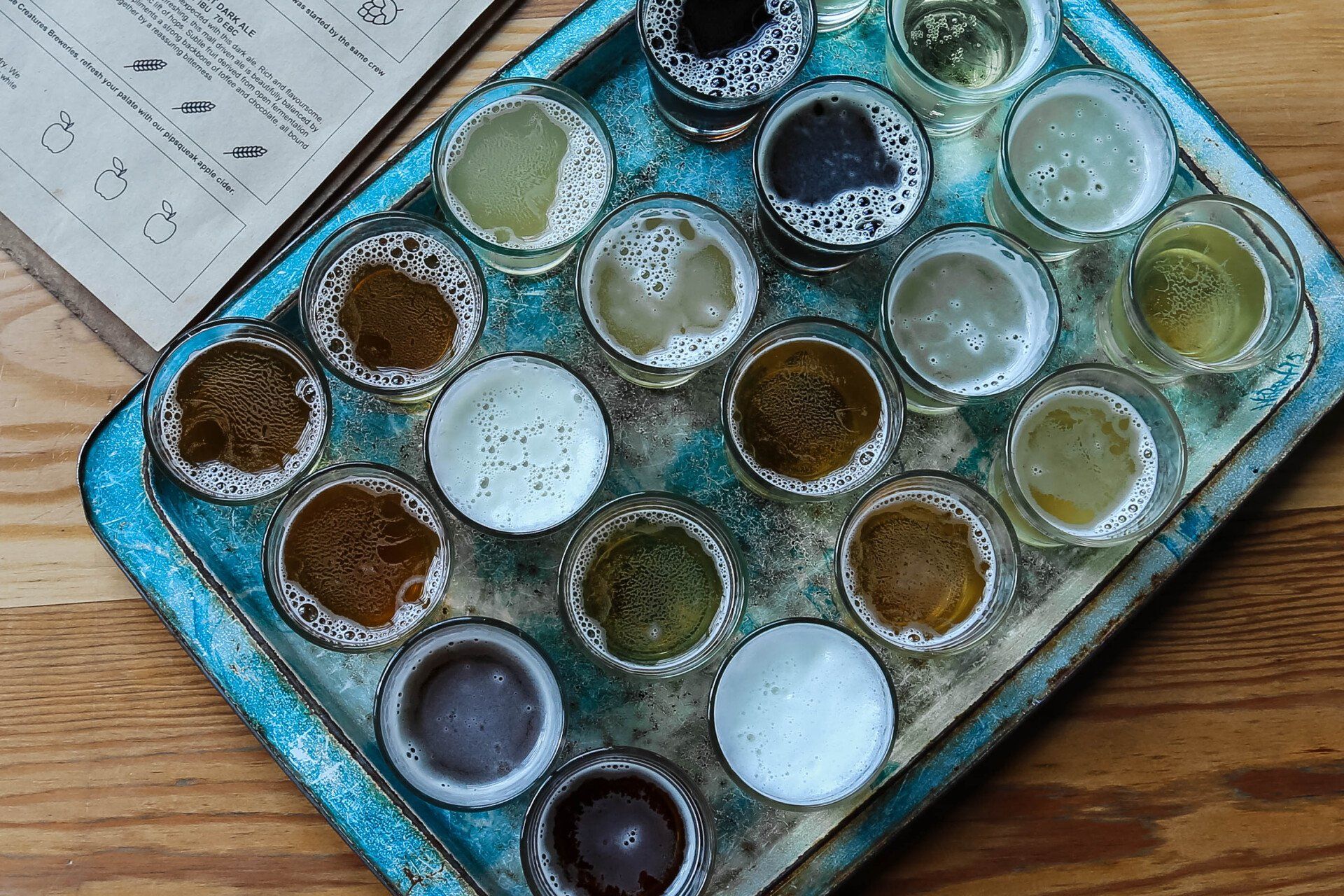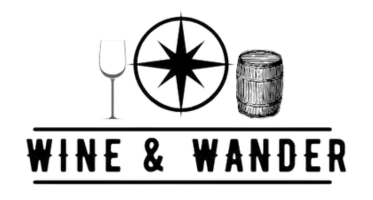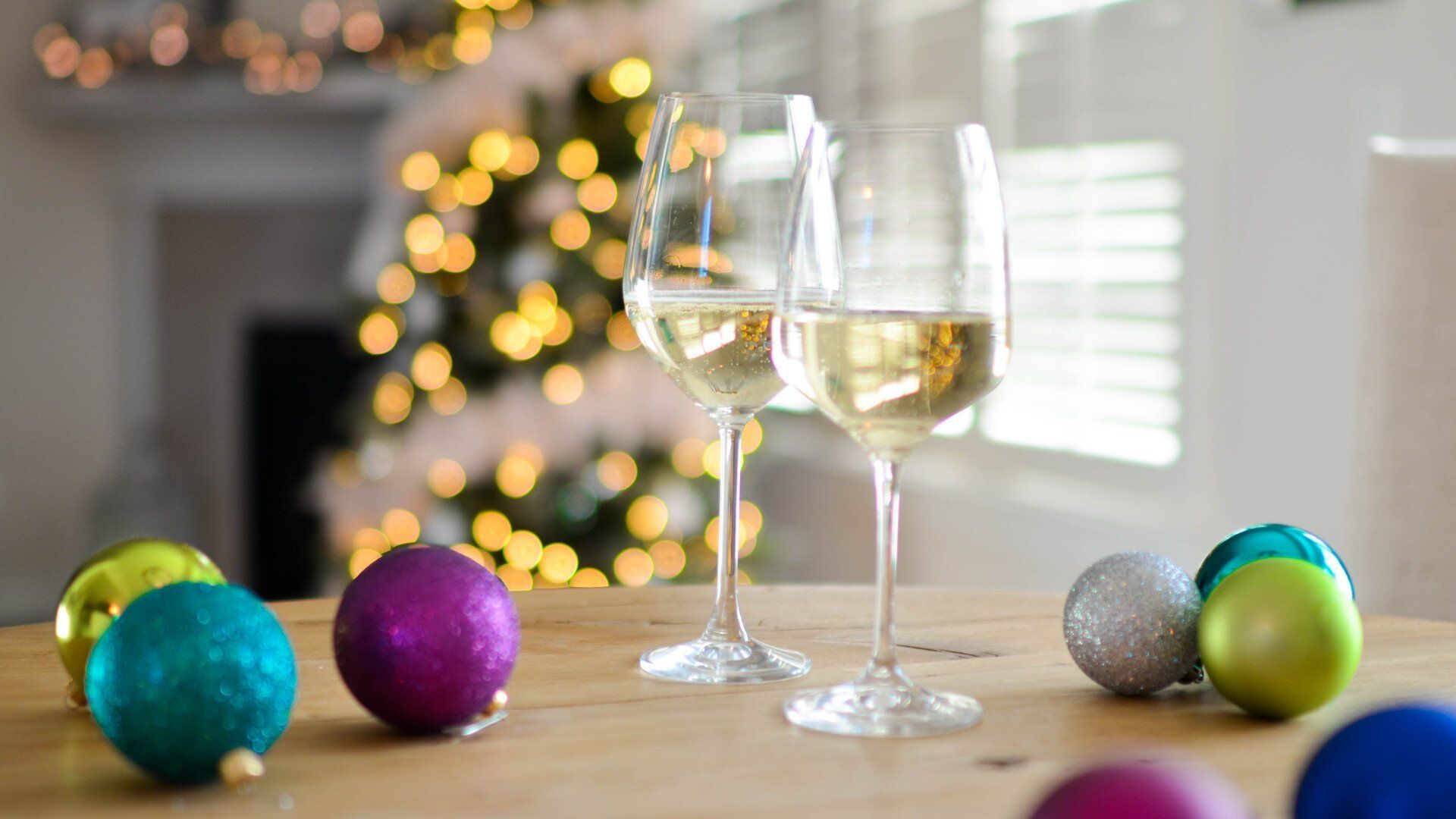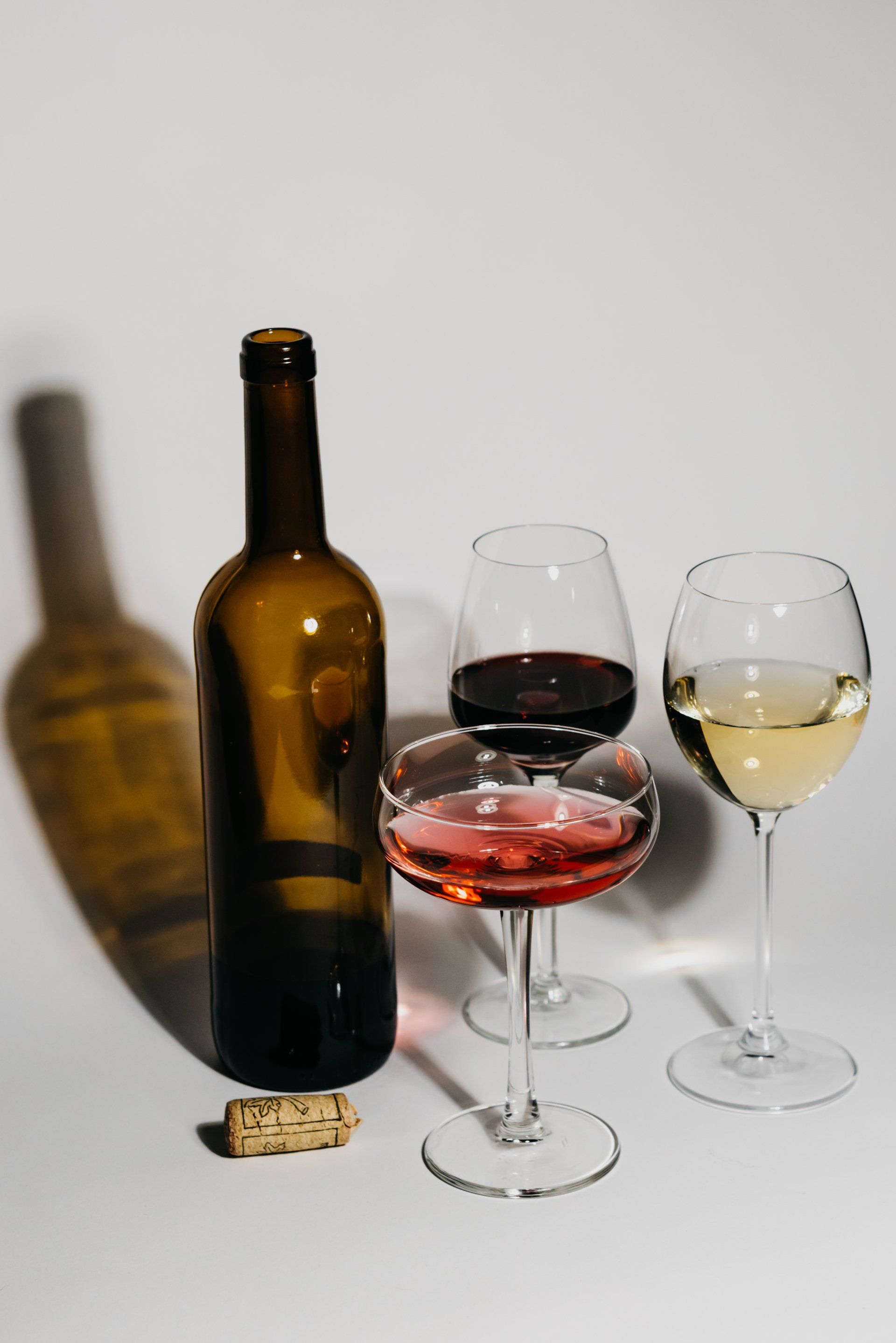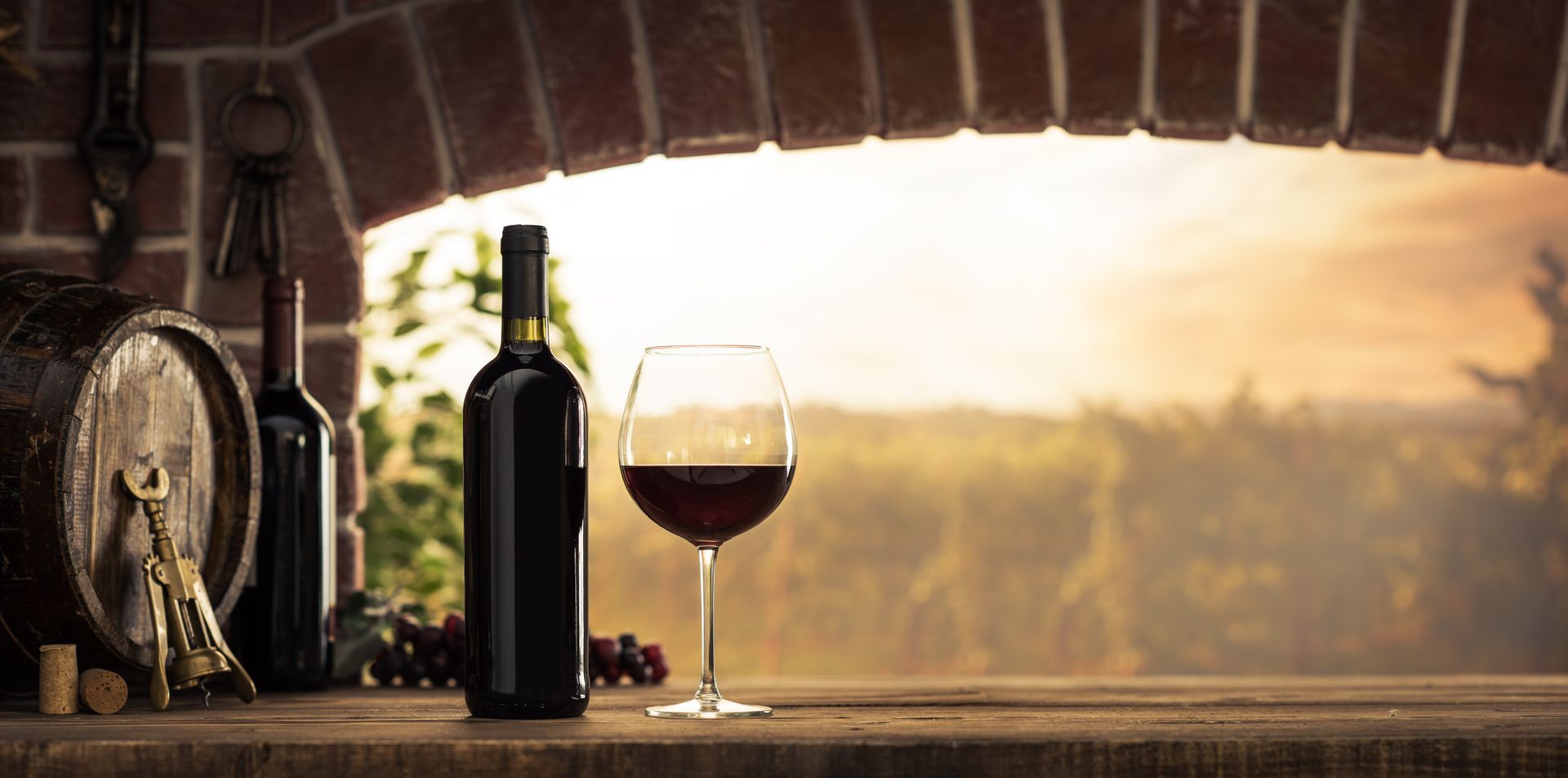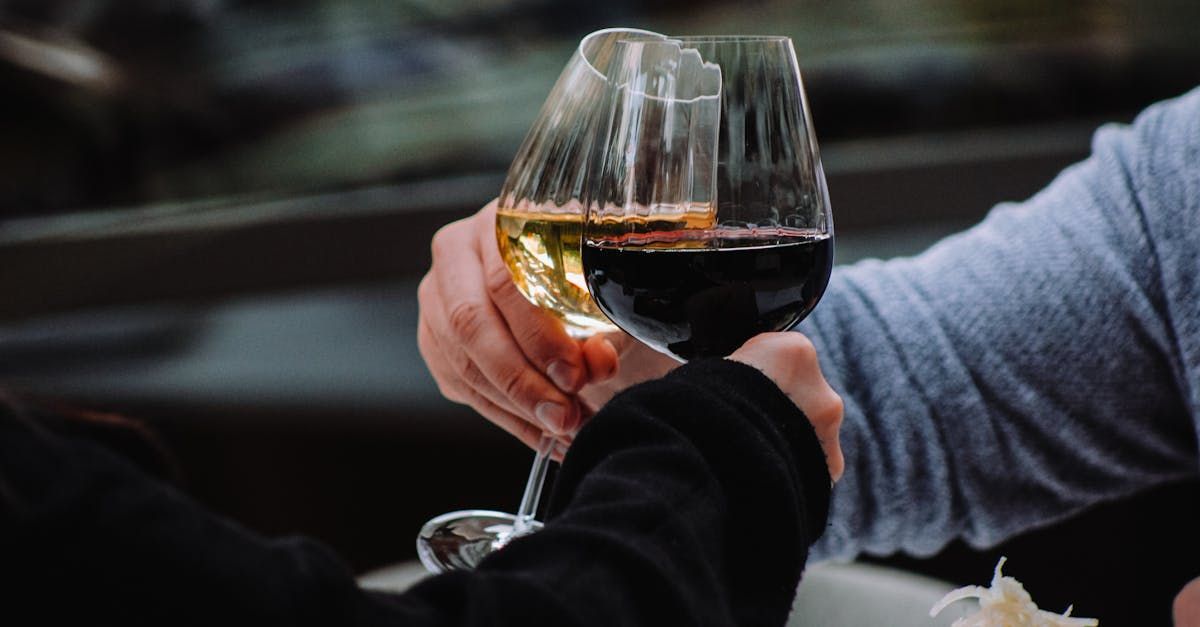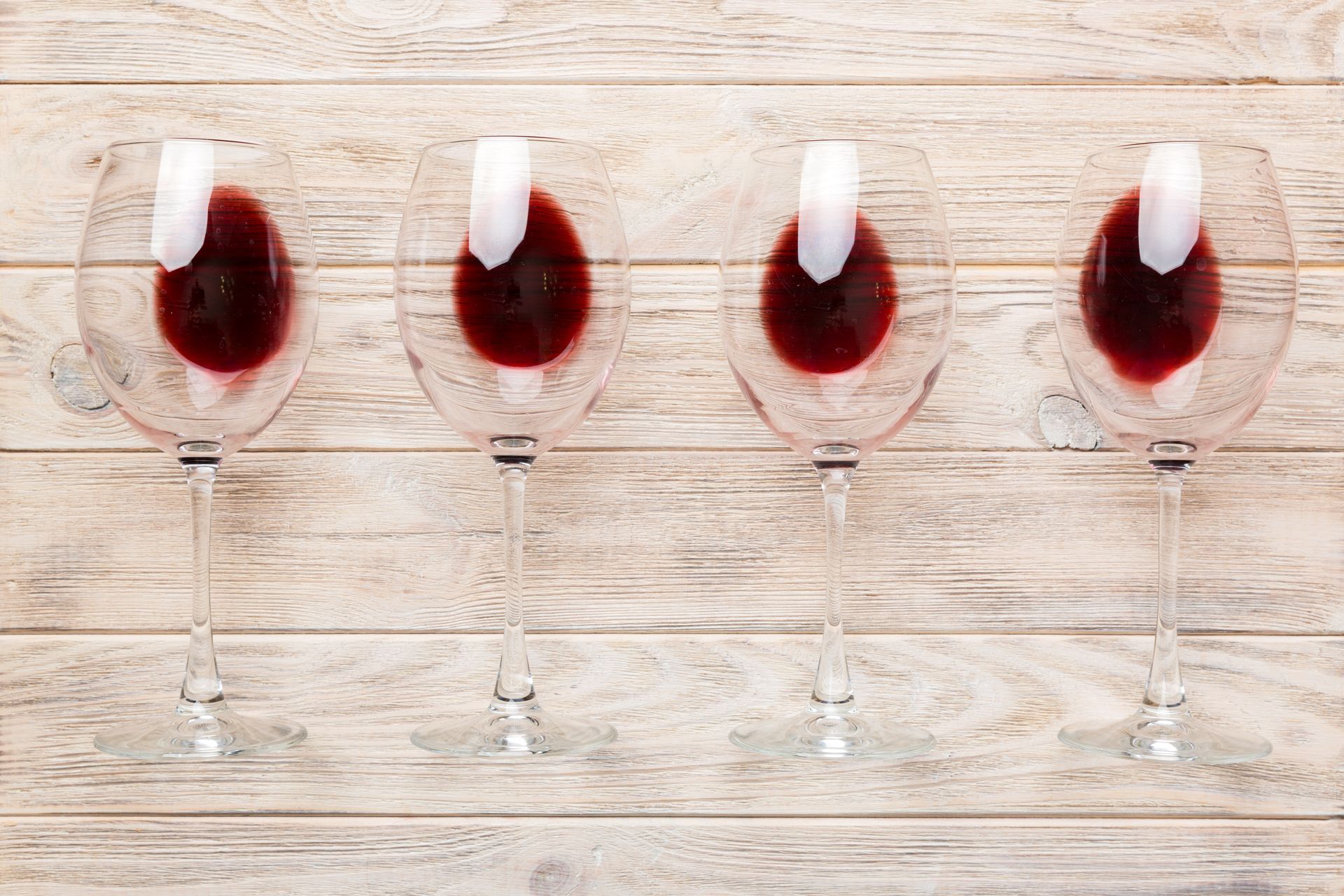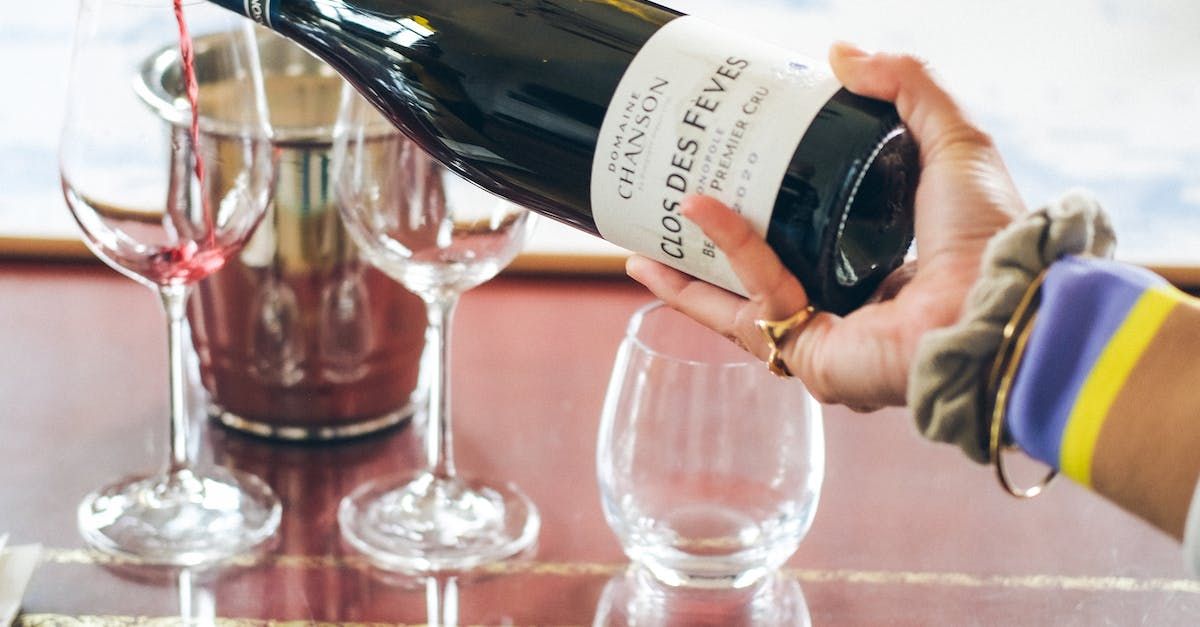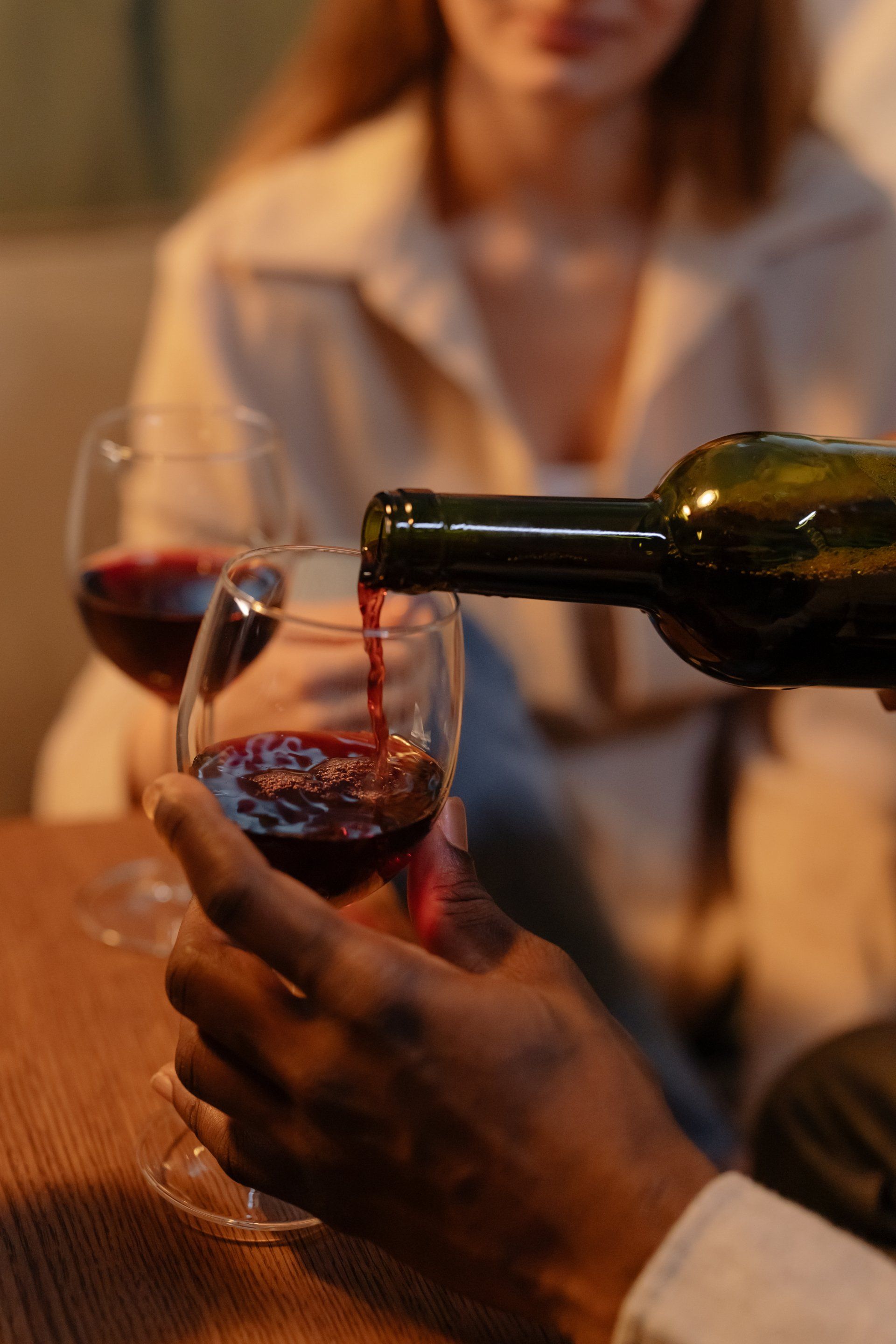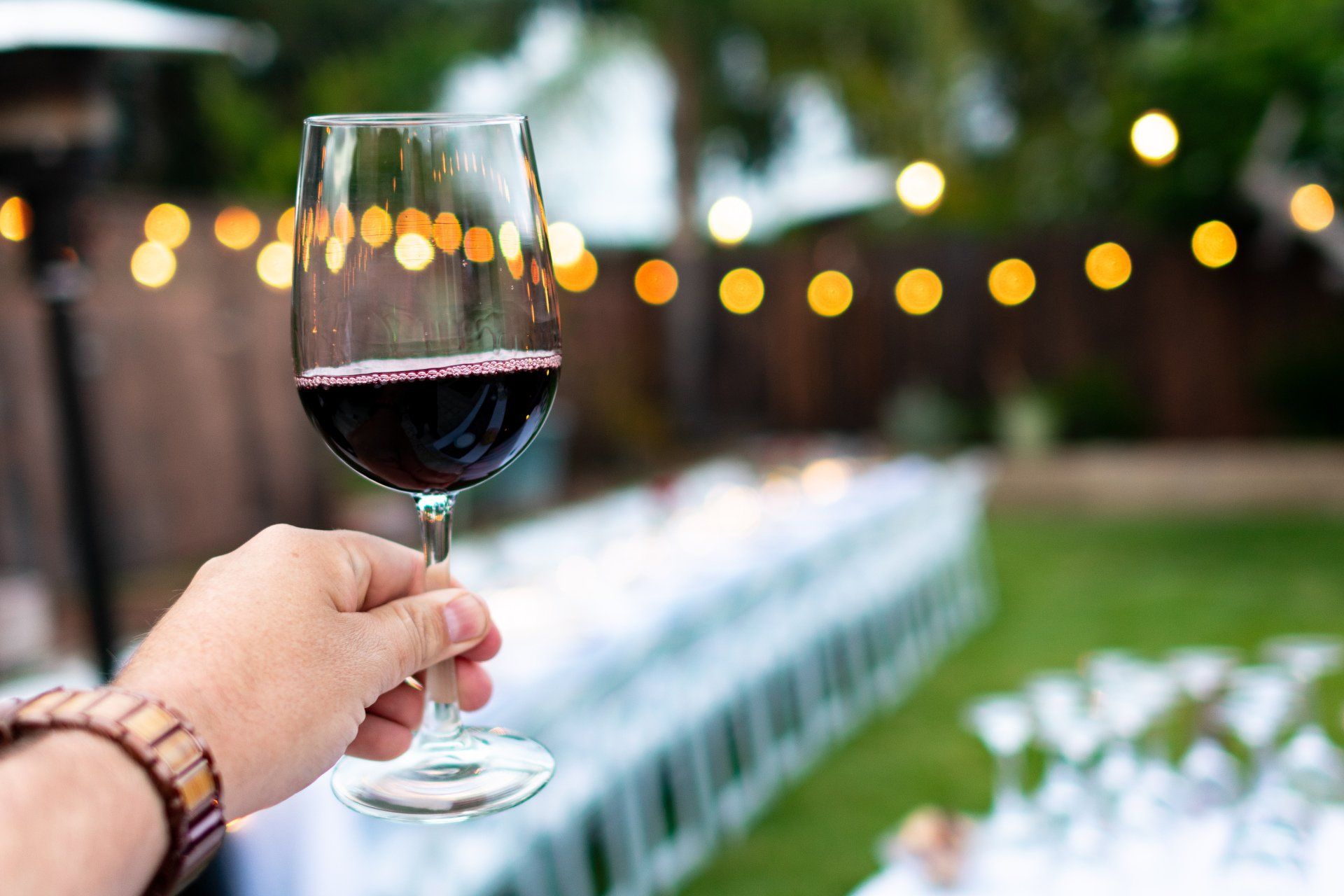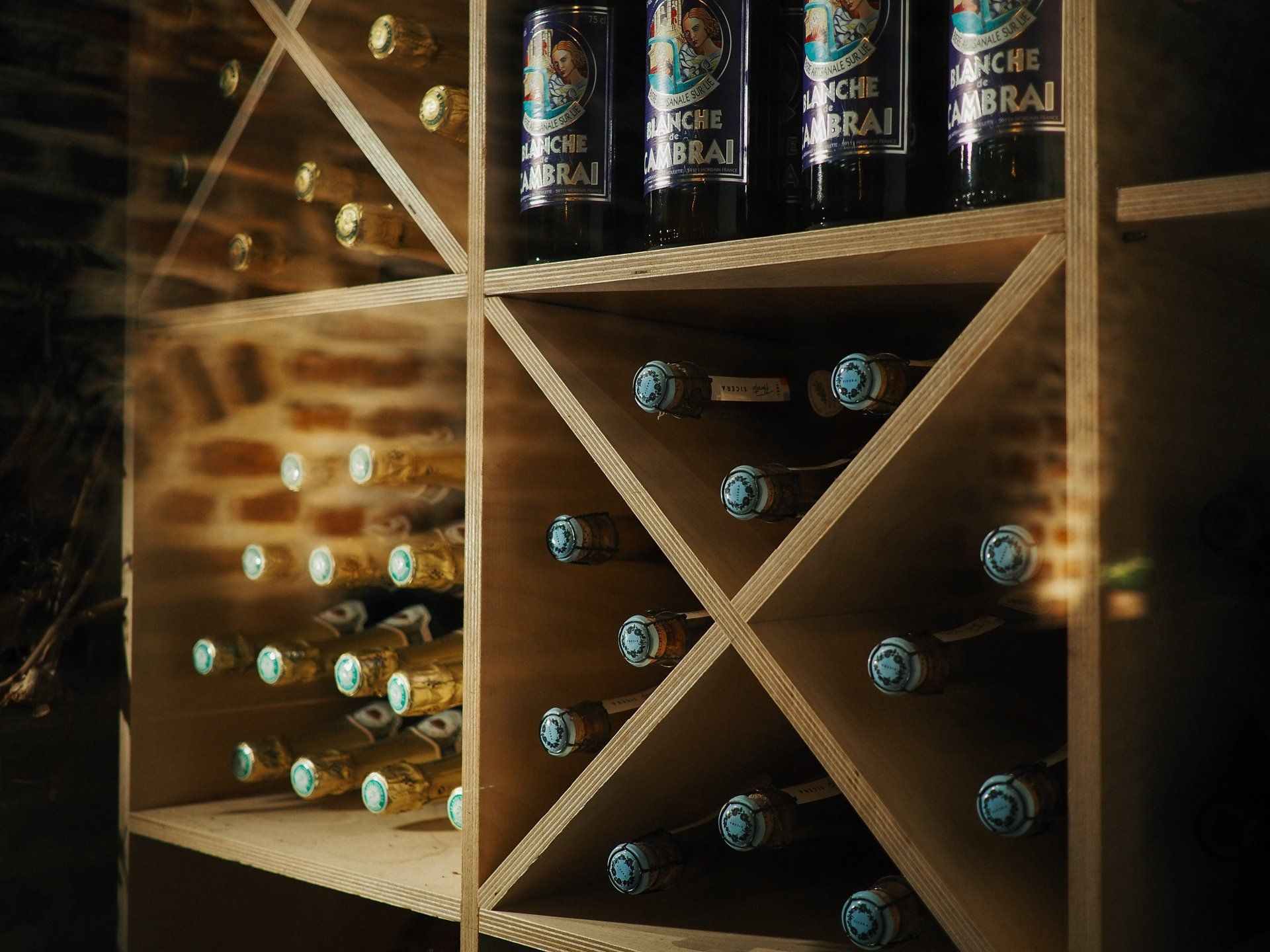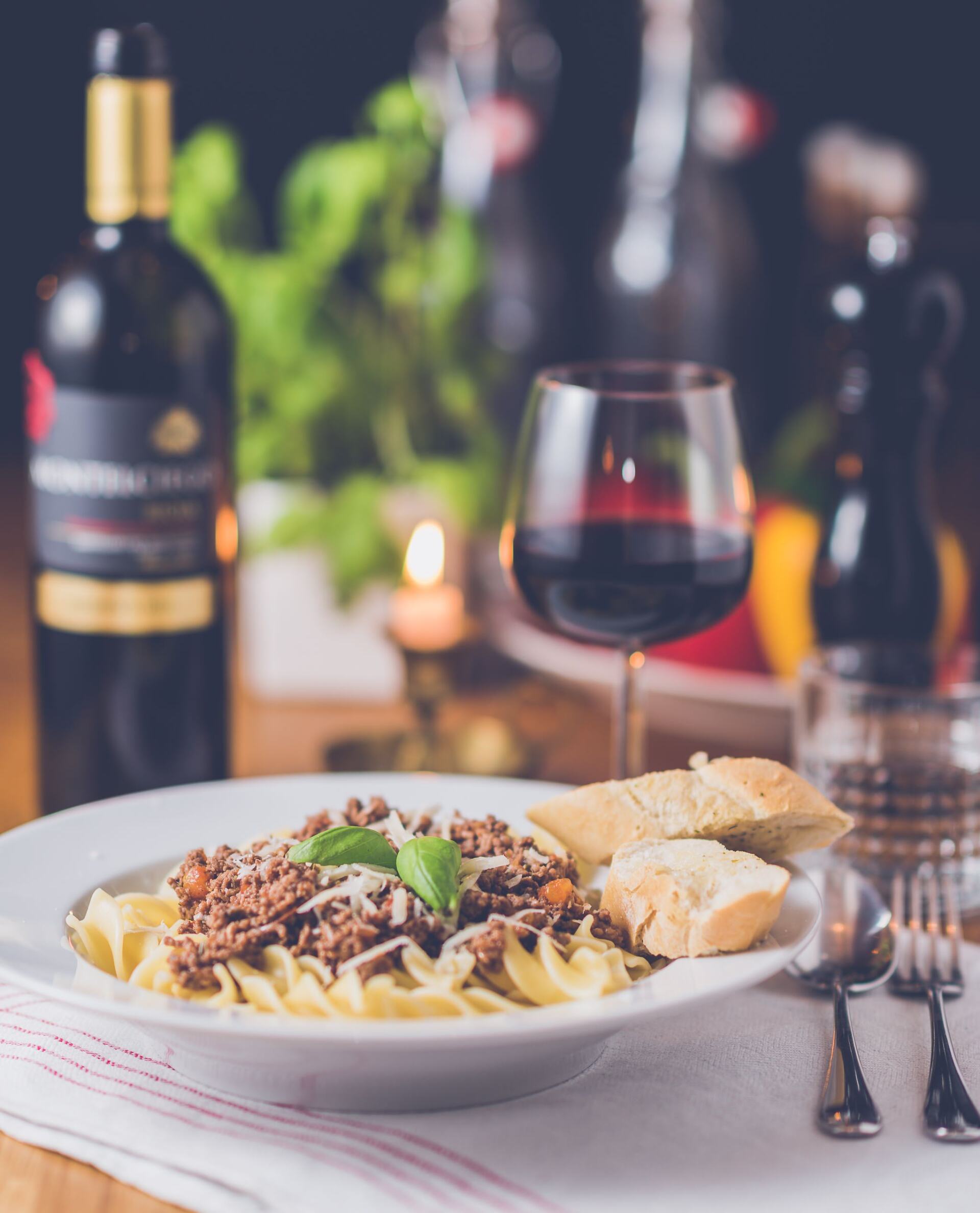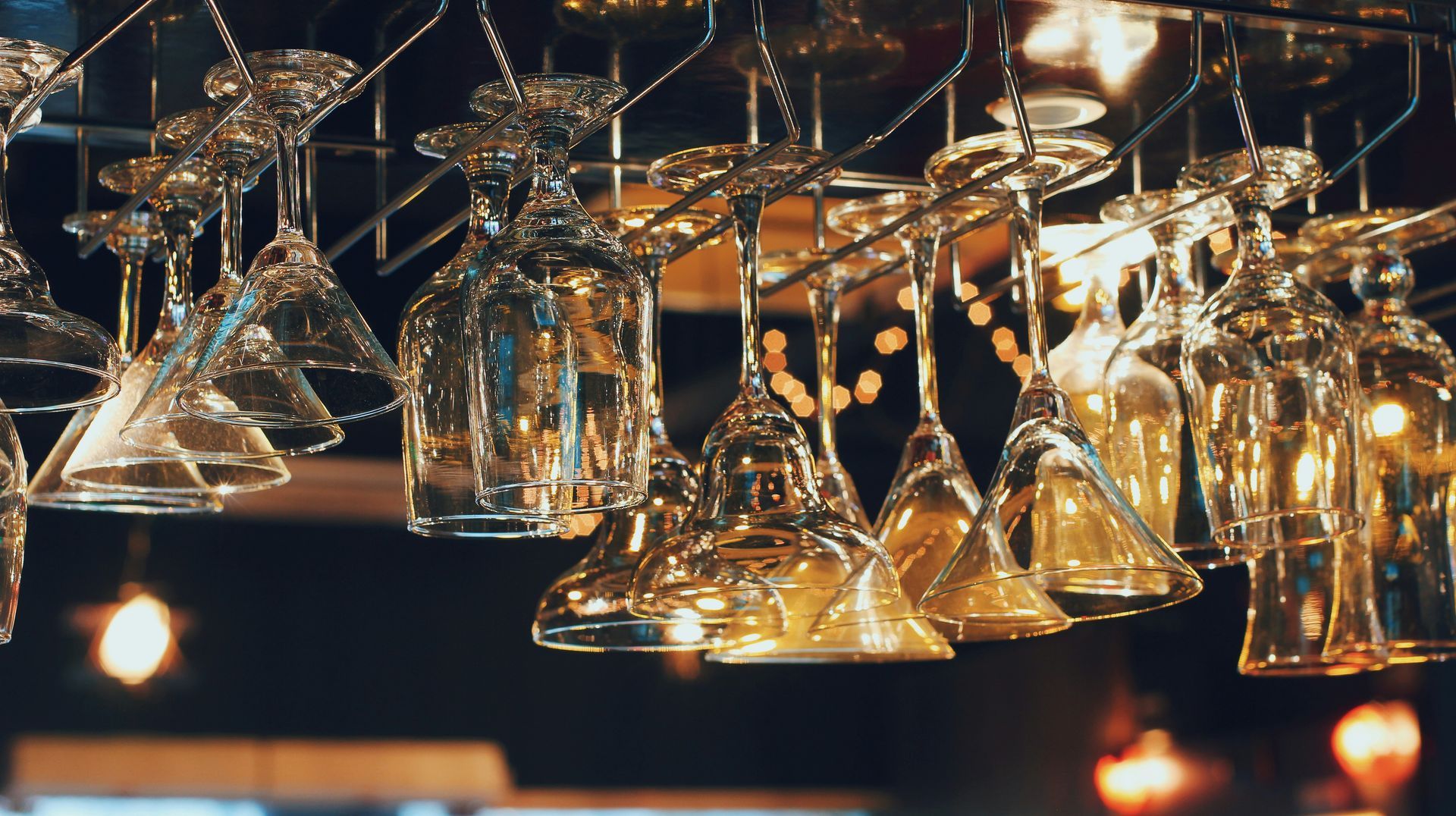Welcome to the world of wine, where the language of grapes dances on your palate and the aromas of vineyards whisper in your glass. As an aspiring connoisseur, you understand the importance of mastering the vocabulary that surrounds this ancient elixir. From the subtle nuances of grape varieties to the intricate techniques of wine production, there is a vast world waiting to be explored. Whether you are a novice or a seasoned enthusiast, this essential vocabulary will unlock the secrets of the vine and elevate your appreciation to new heights. So, prepare to embark on a journey of discovery, where each sip holds a story, and each word holds the key to a deeper understanding.
Grape Varieties
To truly appreciate and understand wine, it is essential to delve into the world of grape varieties, for it is within this realm that the intricacies and nuances of each varietal are revealed. Grape varieties play a pivotal role in determining the characteristics and flavors of the wine. As an aspiring connoisseur, familiarizing yourself with the different grape varieties will enhance your ability to discern and articulate the qualities of a wine.
When it comes to wine tasting vocabulary, understanding grape varieties is a fundamental aspect. The language used to describe wine aromas and flavors often refers to specific grape varieties. For instance, the rich blackberry and plum notes commonly found in Cabernet Sauvignon, or the vibrant citrus and tropical fruit profiles associated with Sauvignon Blanc. By learning the distinct attributes of each grape variety, you will be able to decipher the wine vocabulary essentials and effectively communicate your observations.
Furthermore, knowing grape varieties allows you to appreciate the regional differences and unique terroirs. Each grape variety excels in certain climates and soils, resulting in distinct expressions of the same grape. For example, Pinot Noir from Burgundy showcases elegant and earthy characteristics, while Pinot Noir from Oregon exhibits brighter fruit flavors. Understanding the relationship between grape varieties and their respective regions will deepen your appreciation of the wine world.
Wine Production Techniques
Wine Tasting Terms
Enhance your wine tasting experience by familiarizing yourself with a range of sophisticated and descriptive terms that connoisseurs use to evaluate and appreciate the nuances of different wines. As you delve into the world of wine tasting, it is important to understand the language that is commonly used to describe the various characteristics and qualities of wines. This knowledge will not only help you communicate your preferences and observations with others, but it will also enable you to develop a deeper appreciation for the art and science of winemaking.
To aid in your exploration of wine tasting terms, here is a table that provides a snapshot of some commonly used descriptors:
This is just a small sample of the vast vocabulary used in the world of wine tasting. As you continue to refine your palate and expand your knowledge, you will discover a multitude of terms that will help you uncover the hidden secrets and delights of each glass. So, raise your glass and embark on this exciting journey of exploring wine tasting terms, and let your newfound knowledge enhance your enjoyment of every sip.
Wine Descriptors
Delve into the world of wine tasting and unlock a realm of exquisite sensory experiences with the help of wine descriptors. These descriptive terms allow you to articulate and appreciate the nuances of wine, enabling you to serve others with confidence and sophistication. As an aspiring connoisseur, understanding and utilizing these descriptors will elevate your wine tasting experience to new heights.
The array of wine descriptors is vast, encompassing various characteristics that encompass both the aroma and taste of wine. When it comes to aromas, you may encounter terms such as "fruity," "floral," or "earthy." These words capture the essence of the wine's scent, helping you to identify and appreciate the different aromas present.
When it comes to taste, wine descriptors can be equally enlightening. Terms such as "crisp," "smooth," or "velvety" can help you convey the texture and mouthfeel of the wine. Meanwhile, words like "oak," "spice," or "herbaceous" can highlight the flavors that dance across your palate.
Wine Regions
Immerse yourself in the enchanting world of wine by exploring the diverse and captivating wine regions that produce some of the finest vintages in the world. From the rolling hills of Tuscany in Italy to the sun-kissed vineyards of Napa Valley in California, each wine region possesses its own unique charm and character.
Travel to the Bordeaux region in France, where centuries-old châteaux dot the landscape, and indulge in their renowned red blends. Get lost in the picturesque vineyards of Marlborough in New Zealand, famous for their crisp and vibrant Sauvignon Blanc. Venture to the Douro Valley in Portugal, home to the birthplace of port wine, and savor its rich and fortified flavors.
Discover the hidden gem of Mendoza in Argentina, where the high altitude and Andean climate create bold and robust Malbecs. Experience the elegance of the Mosel region in Germany, known for its delicate and aromatic Rieslings.
No matter where your wine journey takes you, each region offers a glimpse into the terroir, history, and traditions that shape its unique wines. So raise your glass, explore the world of wine regions, and let your palate be transported to new and exciting destinations. Cheers!
Frequently Asked Questions


